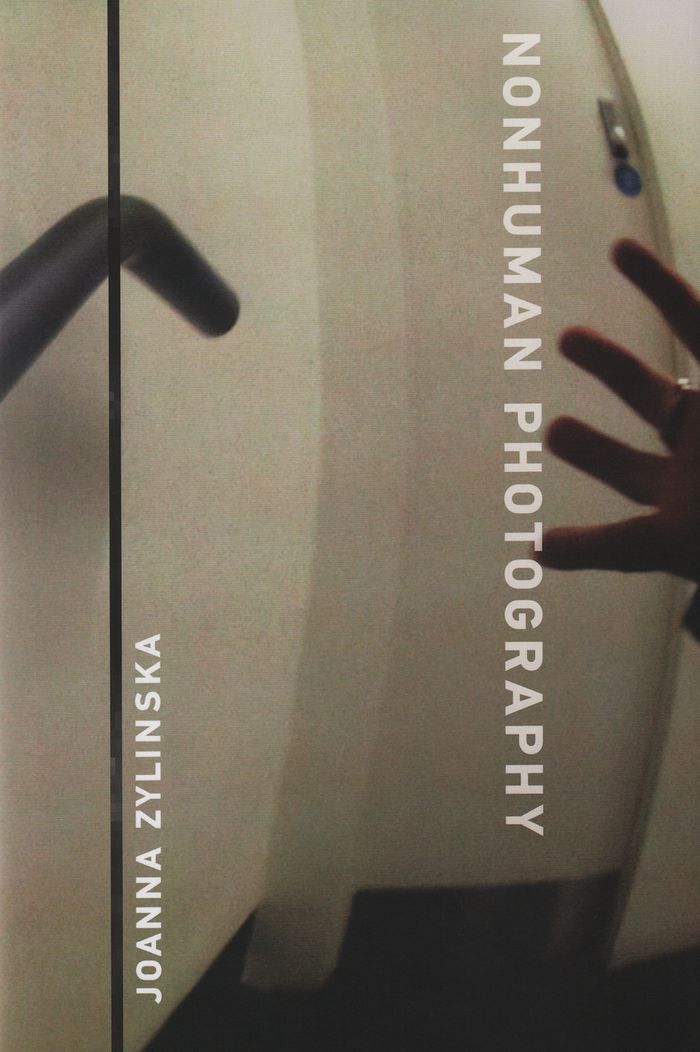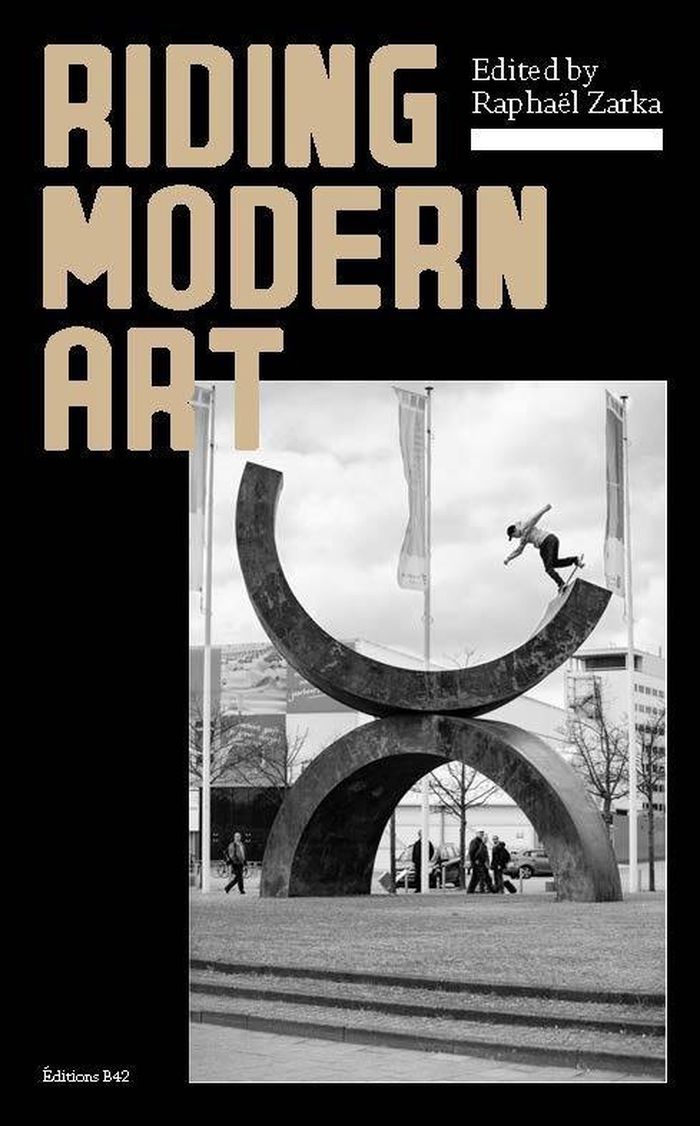37 Results
Form:
books
books
Actions:
Holdings:
Description:
174 pages : illustrations (some color) ; 22 cm
Description:
174 pages : illustrations (some color) ; 22 cm
Subject:
- Sustainable architecture Netherlands.,
- Construction industry Environmental aspects Netherlands.,
- Architecture durable Pays-Bas.,
- Construction Industrie Aspect de l'environnement Pays-Bas.,
- Construction industry Environmental aspects.,
- Sustainable architecture.,
- Duurzaam bouwen.,
- Utiliteitsbouw.,
- Architecture Netherlands 20th century.,
- Buildings Repair and reconstruction.,
- Architecture, Modern 20th century Netherlands.,
- Netherlands.
(See more)
Publication:
Rotterdam : NAi, 2002.
Rotterdam : NAi, 2002.
Title:
Duurzaam huisvesten : een leidraad voor strategisch denken = Buildings that last : guidelines for strategic thinking / Joost van Kasteren [and others].
Actions:
Holdings:
Description:
174 pages : illustrations (some color) ; 22 cm
Duurzaam huisvesten : een leidraad voor strategisch denken = Buildings that last : guidelines for strategic thinking / Joost van Kasteren [and others].
Actions:
Holdings:
Description:
174 pages : illustrations (some color) ; 22 cm
Form:
books
books
Publication:
Rotterdam : NAi, 2002.
Rotterdam : NAi, 2002.
Subject:
- Sustainable architecture Netherlands.,
- Construction industry Environmental aspects Netherlands.,
- Architecture durable Pays-Bas.,
- Construction Industrie Aspect de l'environnement Pays-Bas.,
- Construction industry Environmental aspects.,
- Sustainable architecture.,
- Duurzaam bouwen.,
- Utiliteitsbouw.,
- Architecture Netherlands 20th century.,
- Buildings Repair and reconstruction.,
- Architecture, Modern 20th century Netherlands.,
- Netherlands.
(See more)
Form:
audio
audio
Title:
CAPOGIRI DEGLI DEI.
CAPOGIRI DEGLI DEI.
Actions:
Description:
1 online resource.
Subject:
Publication:
[Place of publication not identified] : EBM(T), 2015.
[Place of publication not identified] : EBM(T), 2015.
Form:
audio
audio
Publication:
[Place of publication not identified] : EBM(T), 2015.
[Place of publication not identified] : EBM(T), 2015.
Form:
books
books
Actions:
Description:
1 online resource (223 p. :) ill.
Subject:
- Literature (General),
- Critical theory.,
- Historiography.,
- Literature And Technology.,
- Written Communication.,
- Literary Criticism General.,
- Language Arts & Disciplines Communication Studies.,
- Archives.,
- Théorie critique.,
- Arts graphiques.,
- Historiographie.,
- critical theory (sociological concept),
- historiography.,
- Literature and literary studies.,
- Literary Collections.,
- Digital media,
- Publishers and publishing,
- Graphic design (Typography),
- literature.,
- encoding.,
- technology.,
- number.,
- the archive.,
- the interface.,
- technology in modern literature.,
- encryption.,
- measure.,
- modern literature.,
- Discursive works.,
- Criticism, interpretation, etc.,
- Collections,
- Anthologies.
(See more)
Publication:
London : Open Humanities, 2016.
London : Open Humanities, 2016.
Title:
Writing, medium, machine : modern technographies / edited by Sean Pryor and David Trotter.
Actions:
Description:
1 online resource (223 p. :) ill.
Writing, medium, machine : modern technographies / edited by Sean Pryor and David Trotter.
Actions:
Description:
1 online resource (223 p. :) ill.
Form:
books
books
Publication:
London : Open Humanities, 2016.
London : Open Humanities, 2016.
Subject:
- Literature (General),
- Critical theory.,
- Historiography.,
- Literature And Technology.,
- Written Communication.,
- Literary Criticism General.,
- Language Arts & Disciplines Communication Studies.,
- Archives.,
- Théorie critique.,
- Arts graphiques.,
- Historiographie.,
- critical theory (sociological concept),
- historiography.,
- Literature and literary studies.,
- Literary Collections.,
- Digital media,
- Publishers and publishing,
- Graphic design (Typography),
- literature.,
- encoding.,
- technology.,
- number.,
- the archive.,
- the interface.,
- technology in modern literature.,
- encryption.,
- measure.,
- modern literature.,
- Discursive works.,
- Criticism, interpretation, etc.,
- Collections,
- Anthologies.
(See more)
Actions:
Price:
$72.00
(available to order)
Summary:
Gerhard Richter is famed for the photorealism of his early canvases, but it is less well known that he has also painted directly onto photographic prints. This book gathers this body of work, which unites the labor of the hand with the work of mechanical reproduction to produce a kind of art as conceptually rich as Richter's better-known paintings, neutralizing the(...)
$72.00
(available to order)
Summary:
Gerhard Richter is famed for the photorealism of his early canvases, but it is less well known that he has also painted directly onto photographic prints. This book gathers this body of work, which unites the labor of the hand with the work of mechanical reproduction to produce a kind of art as conceptually rich as Richter's better-known paintings, neutralizing the(...)
Title:
Gerhard Richter: overpainted photographs
Actions:
Price:
$72.00
(available to order)
Summary:
Gerhard Richter is famed for the photorealism of his early canvases, but it is less well known that he has also painted directly onto photographic prints. This book gathers this body of work, which unites the labor of the hand with the work of mechanical reproduction to produce a kind of art as conceptually rich as Richter's better-known paintings, neutralizing the expressive powers of each medium to reach an indifference to their potency.
Gerhard Richter: overpainted photographs
Actions:
Price:
$72.00
(available to order)
Summary:
Gerhard Richter is famed for the photorealism of his early canvases, but it is less well known that he has also painted directly onto photographic prints. This book gathers this body of work, which unites the labor of the hand with the work of mechanical reproduction to produce a kind of art as conceptually rich as Richter's better-known paintings, neutralizing the expressive powers of each medium to reach an indifference to their potency.
Subject:
Contemporary Art Monographs
Contemporary Art Monographs
Title:
Nonhuman photography
Nonhuman photography
Actions:
Price:
$49.95
(available to order)
Summary:
Today, in the age of CCTV, drones, medical body scans, and satellite images, photography is increasingly decoupled from human agency and human vision. In Nonhuman Photography, Joanna Zylinska offers a new philosophy of photography, going beyond the human-centric view to consider imaging practices from which the human is absent. Zylinska argues further that even those(...)
$49.95
(available to order)
Summary:
Today, in the age of CCTV, drones, medical body scans, and satellite images, photography is increasingly decoupled from human agency and human vision. In Nonhuman Photography, Joanna Zylinska offers a new philosophy of photography, going beyond the human-centric view to consider imaging practices from which the human is absent. Zylinska argues further that even those(...)
Title:
Nonhuman photography
Actions:
Price:
$49.95
(available to order)
Summary:
Today, in the age of CCTV, drones, medical body scans, and satellite images, photography is increasingly decoupled from human agency and human vision. In Nonhuman Photography, Joanna Zylinska offers a new philosophy of photography, going beyond the human-centric view to consider imaging practices from which the human is absent. Zylinska argues further that even those images produced by humans, whether artists or amateurs, entail a nonhuman, mechanical element—that is, they involve the execution of technical and cultural algorithms that shape our image-making devices as well as our viewing practices. At the same time, she notes, photography is increasingly mobilized to document the precariousness of the human habitat and tasked with helping us imagine a better tomorrow. With its conjoined human-nonhuman agency and vision, Zylinska claims, photography functions as both a form of control and a life-shaping force.
Nonhuman photography
Actions:
Price:
$49.95
(available to order)
Summary:
Today, in the age of CCTV, drones, medical body scans, and satellite images, photography is increasingly decoupled from human agency and human vision. In Nonhuman Photography, Joanna Zylinska offers a new philosophy of photography, going beyond the human-centric view to consider imaging practices from which the human is absent. Zylinska argues further that even those images produced by humans, whether artists or amateurs, entail a nonhuman, mechanical element—that is, they involve the execution of technical and cultural algorithms that shape our image-making devices as well as our viewing practices. At the same time, she notes, photography is increasingly mobilized to document the precariousness of the human habitat and tasked with helping us imagine a better tomorrow. With its conjoined human-nonhuman agency and vision, Zylinska claims, photography functions as both a form of control and a life-shaping force.
Subject:
Theory of Photography
Theory of Photography
Title:
Riding modern art
Riding modern art
Actions:
Price:
$33.95
(available in store)
Summary:
''Riding modern art'' brings together a collection of 70 black and white photographs of people skateboarding on sculptures in public spaces. Through his study of the process of appropriation and reuse of works of art in public places, used by skateboarders as further challenges for their sport, Raphaël Zarka offers a way of approaching a work of art that underlines the(...)
$33.95
(available in store)
Summary:
''Riding modern art'' brings together a collection of 70 black and white photographs of people skateboarding on sculptures in public spaces. Through his study of the process of appropriation and reuse of works of art in public places, used by skateboarders as further challenges for their sport, Raphaël Zarka offers a way of approaching a work of art that underlines the(...)
Title:
Riding modern art
Actions:
Price:
$33.95
(available in store)
Summary:
''Riding modern art'' brings together a collection of 70 black and white photographs of people skateboarding on sculptures in public spaces. Through his study of the process of appropriation and reuse of works of art in public places, used by skateboarders as further challenges for their sport, Raphaël Zarka offers a way of approaching a work of art that underlines the dynamism of modern sculpture, casting a critical light on the idea of movement in these often abstract and geometric works, inspired by Cubist, Futurist or Constructivist art. The skateboarder’s approach to a sculpture, more mechanical than conceptual, brings out the variety of movement it seeks to suggest. While it is not possible to ''freeze'' or represent movement in a solid form (it cannot be sculpted) it is, nevertheless, a constituent element of the work, as also is space. Thus, the body of the skateboarder becomes a choreographic form on a sculptural form, and the presence of a human body on a work of art transforms it from something perched on a pedestal into a living sculpture. Some images are missing from this collection, as sculptors have refused to see their artwork reproduced. The spaces dedicated to those photographs remain purposely empty.
Riding modern art
Actions:
Price:
$33.95
(available in store)
Summary:
''Riding modern art'' brings together a collection of 70 black and white photographs of people skateboarding on sculptures in public spaces. Through his study of the process of appropriation and reuse of works of art in public places, used by skateboarders as further challenges for their sport, Raphaël Zarka offers a way of approaching a work of art that underlines the dynamism of modern sculpture, casting a critical light on the idea of movement in these often abstract and geometric works, inspired by Cubist, Futurist or Constructivist art. The skateboarder’s approach to a sculpture, more mechanical than conceptual, brings out the variety of movement it seeks to suggest. While it is not possible to ''freeze'' or represent movement in a solid form (it cannot be sculpted) it is, nevertheless, a constituent element of the work, as also is space. Thus, the body of the skateboarder becomes a choreographic form on a sculptural form, and the presence of a human body on a work of art transforms it from something perched on a pedestal into a living sculpture. Some images are missing from this collection, as sculptors have refused to see their artwork reproduced. The spaces dedicated to those photographs remain purposely empty.
Subject:
Photography monographs
Photography monographs
Form:
audio
audio
Actions:
Description:
1 online resource.
Form:
audio
audio
Publication:
[Place of publication not identified] : Lateral Addition, 2018.
[Place of publication not identified] : Lateral Addition, 2018.


